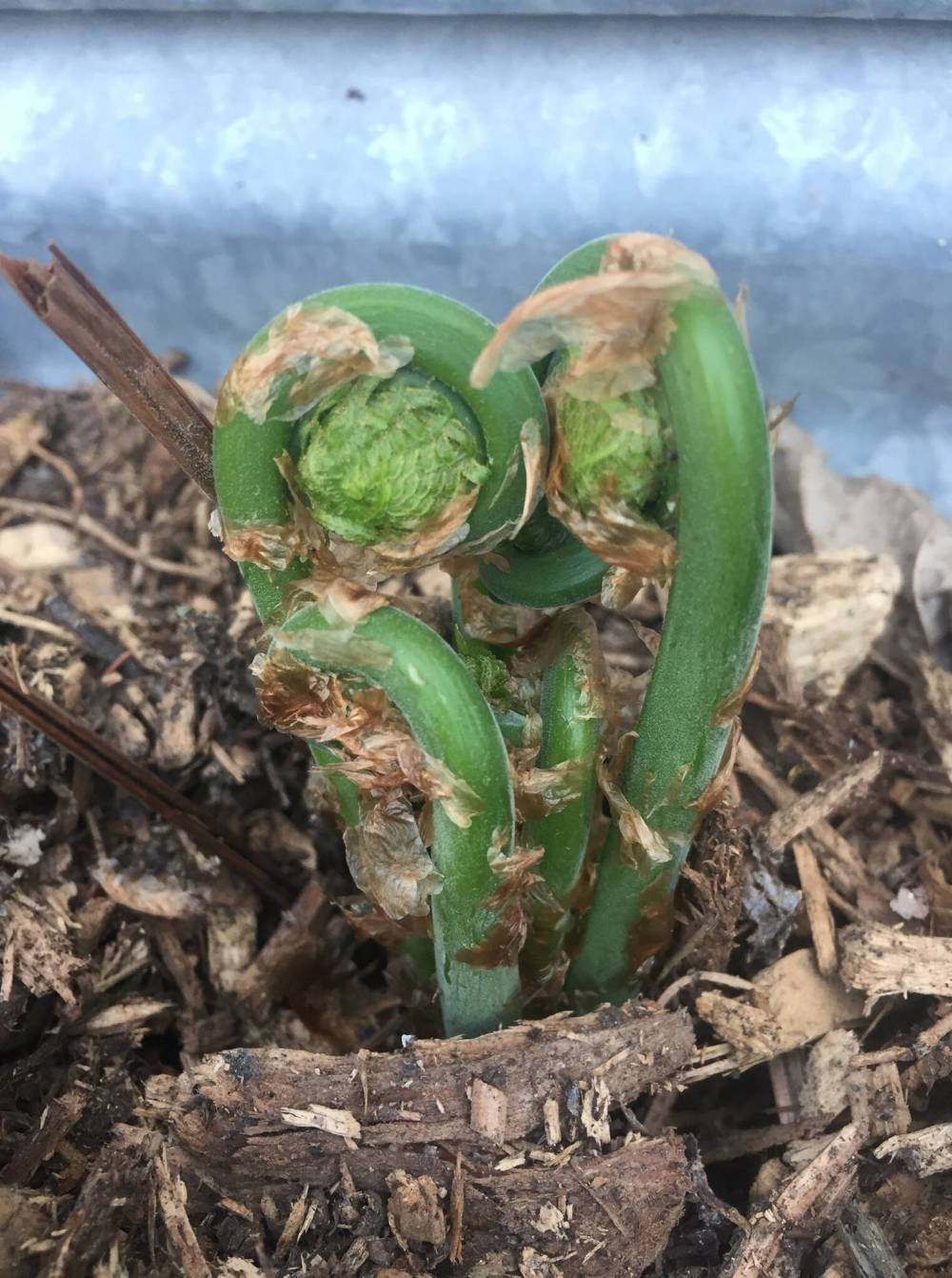Harvest and enjoy your edible perennials now
Tips on how to store your fresh seasonal ingredients
Advertisement
Read this article for free:
or
Already have an account? Log in here »
To continue reading, please subscribe:
Monthly Digital Subscription
$0 for the first 4 weeks*
- Enjoy unlimited reading on winnipegfreepress.com
- Read the E-Edition, our digital replica newspaper
- Access News Break, our award-winning app
- Play interactive puzzles
*No charge for 4 weeks then price increases to the regular rate of $19.00 plus GST every four weeks. Offer available to new and qualified returning subscribers only. Cancel any time.
Monthly Digital Subscription
$4.75/week*
- Enjoy unlimited reading on winnipegfreepress.com
- Read the E-Edition, our digital replica newspaper
- Access News Break, our award-winning app
- Play interactive puzzles
*Billed as $19 plus GST every four weeks. Cancel any time.
To continue reading, please subscribe:
Add Free Press access to your Brandon Sun subscription for only an additional
$1 for the first 4 weeks*
*Your next subscription payment will increase by $1.00 and you will be charged $16.99 plus GST for four weeks. After four weeks, your payment will increase to $23.99 plus GST every four weeks.
Read unlimited articles for free today:
or
Already have an account? Log in here »
Hey there, time traveller!
This article was published 14/05/2022 (1270 days ago), so information in it may no longer be current.
Last week, with lingering patches of snow still present in their yard, Winnipeggers Michael Thys and Monika Thiessen began seeing the first signs of fresh new growth in their edible perennials garden. Soon they will be enjoying the peppery taste of horseradish leaves which Thys says are delicious for wrapping fish before putting on the grill. Ostrich fern fiddleheads will soon be ready for harvest, too. Listening to Thys and Thiessen describe how they prepare Ostrich fern fiddleheads, first by removing the outer papery bits and then steaming them until tender before cooking them in the oven with finely chopped onion and bacon, I could almost smell the aroma.
Next on their menu will be chives, mint, thyme, lemony-flavoured lemon balm, lovage, and rhubarb. Once flowers such as daylilies and bee balm (monarda) begin appearing in their garden, Thys and Thiessen will harvest the edible portions and use them to decorate their favourite dishes such as pizza. From spring to fall, a portion of their harvest will be carefully stored and preserved to enjoy in winter. “In February, it’s like eating summer,” says Thys.
Edible perennials are more deeply rooted than edibles which are grown as annuals, so they are more drought resistant once they are well-established. Edible perennials are also less work, says Thys, because they don’t have to be replanted each spring. The same considerations apply, of course, when deciding to grow edible perennials such as providing the right amount of light, water, and space that they need. Lovage, for example, is a leafy perennial herb that is fast growing and needs plenty of room to grow. Thys grows it in a shady, contained area of his garden. “It doesn’t grow as tall or as bushy but gives us just the amount we need,” he says.

Lovage is an excellent substitute for celery and much easier to grow, says Thys, who uses the stems and leaves to add celery-like flavour in soups and other dishes. Thys and Thiessen practise permaculture in their home landscape and say growing edible perennials is a mainstay of a sustainable ecosystem. Growing diverse edible perennials also opens the door to new and authentic food experiences. “It’s not just about getting calories,” says Thys. By eating a wider diversity of edible plants, he says, we can take advantage of a wider range of beneficial nutrients. Indeed, Thys and Thiessen embrace all sorts of genetically diverse edible perennials including wild sarsaparilla and raspberry leaves which they use for making herbal teas.
They also harvest young basswood leaves in early spring to use in salads as a substitute for other, more traditional greens. “Young basswood leaves are amazingly tender in spring and have a lettuce-like flavour,” says Thys.

Colleen Zacharias
Gardening columnist
Colleen Zacharias writes about many aspects of gardening including trends, plant recommendations, and how-to information that is uniquely relevant to Prairie gardeners. She has written a column for the Free Press since 2010 and pens the monthly newsletter Winnipeg Gardener. Read more about Colleen.
Every piece of reporting Colleen produces is reviewed by an editing team before it is posted online or published in print — part of the Free Press‘s tradition, since 1872, of producing reliable independent journalism. Read more about Free Press’s history and mandate, and learn how our newsroom operates.
Our newsroom depends on a growing audience of readers to power our journalism. If you are not a paid reader, please consider becoming a subscriber.
Our newsroom depends on its audience of readers to power our journalism. Thank you for your support.





